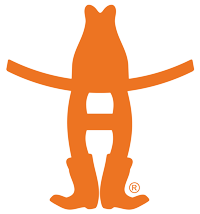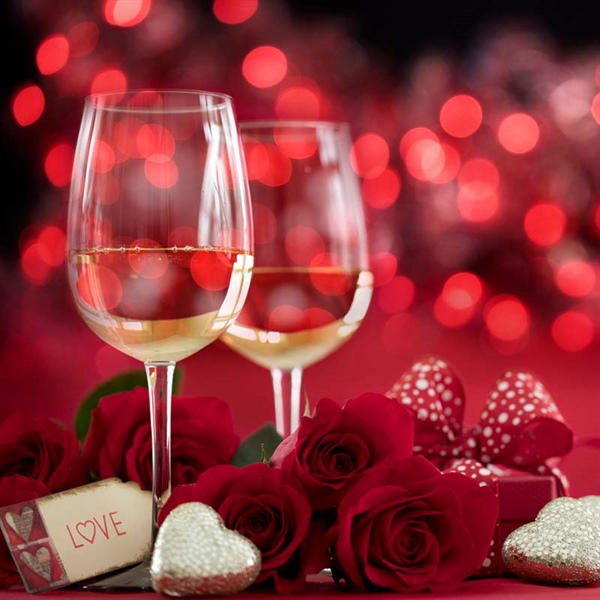By Nan McCreary
It’s February, and besides the Rodeo, that means Valentine’s Day. With Americans projected to spend more than $27 billion on celebrating this year, it may be fun to look back in the history books and find out how wine, chocolate and Valentine’s Day became such an iconic combination.
Wine and Romance
The beginnings of this oh-so-special pairing can be traced to Greco-Roman times. Ovid, the famous Roman poet, wrote of wine, “It warms the blood, adds luster to the eyes, and wine and love have ever been allies.” The epic Greek poet, Homer, said, “Bacchus opens the gate of the heart.” From earliest times, it seems that wine and love were destined to be together.
Beginning (if not before) the sixth century B.C., ancient Romans celebrated “Lupercalia,” a wine-fueled Pagan fertility festival, on February 15. According to historians, men randomly chose a woman’s name from a jar to couple with for the duration of the festival, so the time of year became associated with marriage and babies. Many believe this was the original Valentine’s Day. In 496 AD Pope Gelasius outlawed this celebration and renamed it the Feast of Saint Valentine in honor of several Christian martyrs named Valentine. He also changed the date to February 14.
Valentine’s Day and Romance
While legend has it that any one of the martyred Valentines could have inspired Valentine’s Day as we know it today, in fact it wasn’t until much later that Valentine’s Day became associated with romance. In the 1380s, the poet Geoffrey Chaucer wrote two poems associating naming February 14 as the day when birds chose their mates. Courtly society in England and France embraced the idea and began penning verses to their loved ones.
Chocolate
The story of chocolate began thousands of years B.C. in modern-day Southern Mexico and Central America. Then, the Mesoamerican civilizations developed passion for the fruit of the cacao tree, considering it “the food of the Gods.” Chocolate reached new heights in the Aztec Empire when it was popularized by the Aztecs as an aphrodisiac. Chocolate, it’s said, “Contains a substance that inflames desire and make the beloved one more open to romance.”
Wine and Chocolate
Chocolate arrived in Britain in the 17th century. In 1690, an English cookbook author, Hanna Woolley, published a recipe for a chocolate drink containing claret, a Bordeaux style red wine. In 1690, another author, John Shirley, published a recipe for hot chocolate made with white wine. In New England, prior to the 18th century Revolutionary war, a wine made with sherry, port, chocolate and sugar was popular. And in France, a manual published in 1780 describes a chocolate liqueur, as does a French pharmacy manual published in 1803. Since then, chocolate and wine have been celebrated as a natural pair.
Wine, Chocolate and Valentine’s Day
With the connection of wine and love firmly established — and both chocolate and wine associated with pleasure — the stage was set for the perfect storm of indulgence: Wine, chocolate and Valentine’s Day. In the mid-19th century, English entrepreneur Richard Cadbury perfected the art of making hard chocolate. A marketing genius, Cadbury began selling heart-shaped boxes of edible chocolates decorated with cupids and rosebuds. By the turn of the century, the commercialization of Valentine’s day has taken hold in America and has been flourishing ever since.
While Valentine’s Day and chocolate — and roses — have long been staples of February 14, the increasing popularity of wine has solidified its position in the celebration. Today, wine merchants promote certain wines (usually red wines or bubblies) for the holiday, winemakers host special tasting or release limited edition wines and or wine/candy gifts, restaurants offer wine dinners, and wine and culinary professionals tantalize consumers with wine and chocolate pairings. These pairings have become increasingly sophisticated, with special focus on specific wines for particular types of chocolates. While red wine and fortified wines are generally the go-to wines for pairing with chocolates, sparkling wines “take the cake” on Valentine’s day: Americans spend an estimated $8.6 million on sparkling wine, making it the fourth bubbliest occasion, after New Year’s Eve, Christmas and Thanksgiving.
As you celebrate Valentine’s Day this year, take time to appreciate that you are the beneficiary of a rich history that brings together the “food of the gods” and the “drink of the gods.” Sure, it’s probably the most decadent in the long history of wine pairings, but it’s also one that no one should even pass up, especially during Valentine season.


